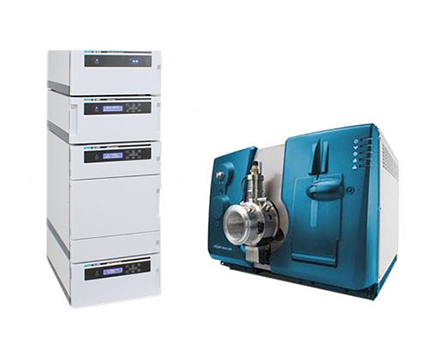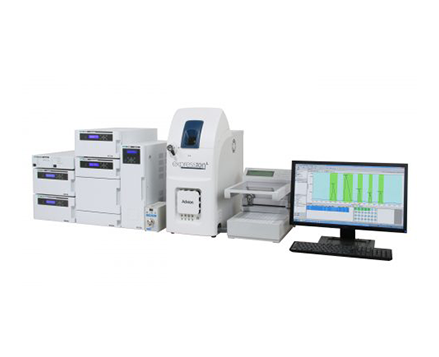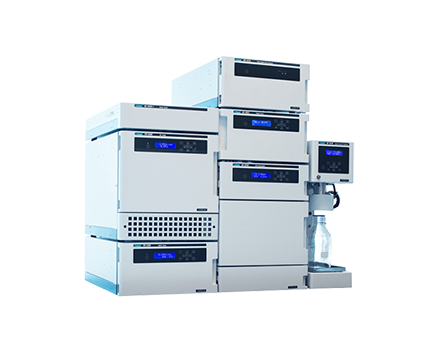Analysis of Pesticides using Supercritical Fluid Chromatography with Mass Spectrometry (SFC-MS)
August 19, 2022
Introduction
Pesticide analysis is required for consumer safety for food consumption. In 1996 the US FDA implemented regular monitoring of domestic and imported foods. There are 1000 registered pesticides by the US and 1100 by the European Union. The upper allowable limit is 10ppb or less. Japan has 16 pesticides that have zero tolerance. With the above requirements, extremely sensitive pesticide analysis is required.
HPLC with fluorescence detection is a common system used to analyze certain pesticides. Fluorescence is a very sensitive detector, but of course it does not aid in the identification that MS can offer. The speed of SFC combined with the sensitivity and identification of Mass Spectrometry was explored for pesticides.

Experimental

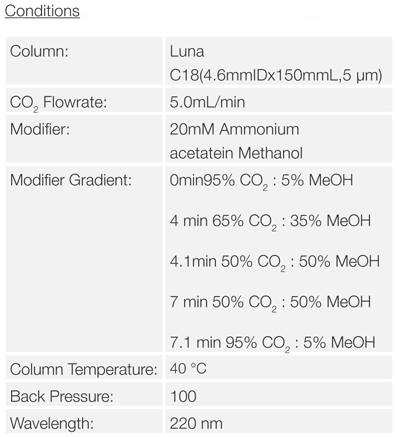
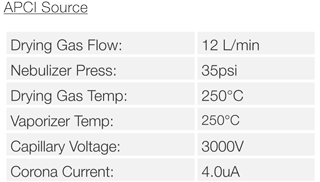
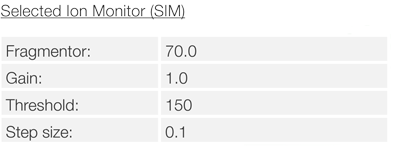
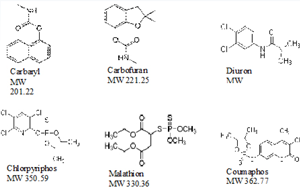
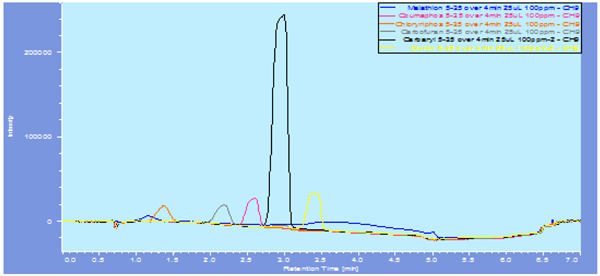

The structures of the 6 pesticides is shown in figure 1 and those 6 were each run and an overlay of their chromatograms is shown in figure 2. Carbaryl is shown at various concentrations in figure 3. Five out of the six pesticides were detected at 1ppm with UV alone. The MS was next used to increase the sensitivity.
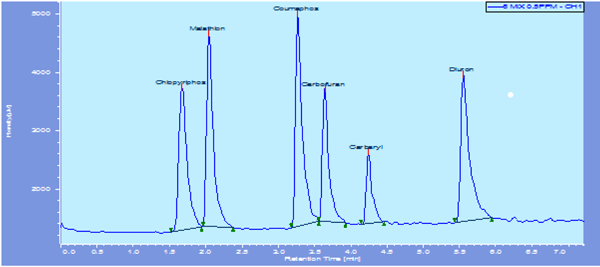
The SFC-MS chromatogram of the 6 pesticides at 0.5ppm and the corresponding spectra are shown in figure 4 and 5, respectively. The sensitivity was test at various concentrations 0.5pmm to 2ppb (Figure 6). A mixture of 32 pesticides (each 0.5ppm) was injected and 26 of them were detected and identified using the same conditions on the silica column. The identities and the retention times of each are shown in table 1.
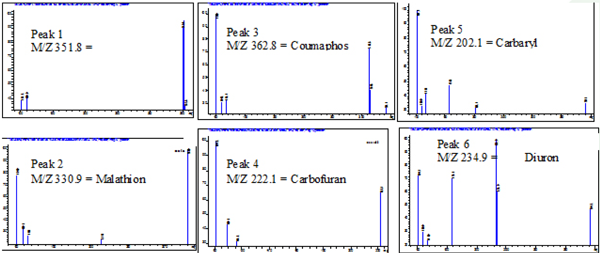
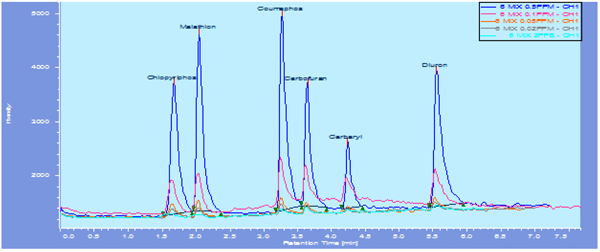
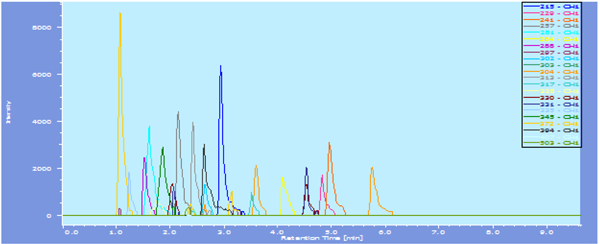
Table 1. List of pesticides from figure 7 and their retention times.


Conclusion
The SFC-UV detected 5 out of 6 pesticides at 1ppm. All 6 pesticides produced a S/N of greater than 2 at 2ppb on a single quad MS in just over 5 minutes using SFC-MS. The SFC-MS identified 26 out of 32 pesticides in 6 minutes.
Featured Products:

Analysis of Pesticides using Supercritical Fluid Chromatography with Mass Spectrometry (SFC-MS)
Introduction
Pesticide analysis is required for consumer safety for food consumption. In 1996 the US FDA implemented regular monitoring of domestic and imported foods. There are 1000 registered pesticides by the US and 1100 by the European Union. The upper allowable limit is 10ppb or less. Japan has 16 pesticides that have zero tolerance. With the above requirements, extremely sensitive pesticide analysis is required.
HPLC with fluorescence detection is a common system used to analyze certain pesticides. Fluorescence is a very sensitive detector, but of course it does not aid in the identification that MS can offer. The speed of SFC combined with the sensitivity and identification of Mass Spectrometry was explored for pesticides.

Experimental







The structures of the 6 pesticides is shown in figure 1 and those 6 were each run and an overlay of their chromatograms is shown in figure 2. Carbaryl is shown at various concentrations in figure 3. Five out of the six pesticides were detected at 1ppm with UV alone. The MS was next used to increase the sensitivity.

The SFC-MS chromatogram of the 6 pesticides at 0.5ppm and the corresponding spectra are shown in figure 4 and 5, respectively. The sensitivity was test at various concentrations 0.5pmm to 2ppb (Figure 6). A mixture of 32 pesticides (each 0.5ppm) was injected and 26 of them were detected and identified using the same conditions on the silica column. The identities and the retention times of each are shown in table 1.



Table 1. List of pesticides from figure 7 and their retention times.


Conclusion
The SFC-UV detected 5 out of 6 pesticides at 1ppm. All 6 pesticides produced a S/N of greater than 2 at 2ppb on a single quad MS in just over 5 minutes using SFC-MS. The SFC-MS identified 26 out of 32 pesticides in 6 minutes.

 Download This Application
Download This Application